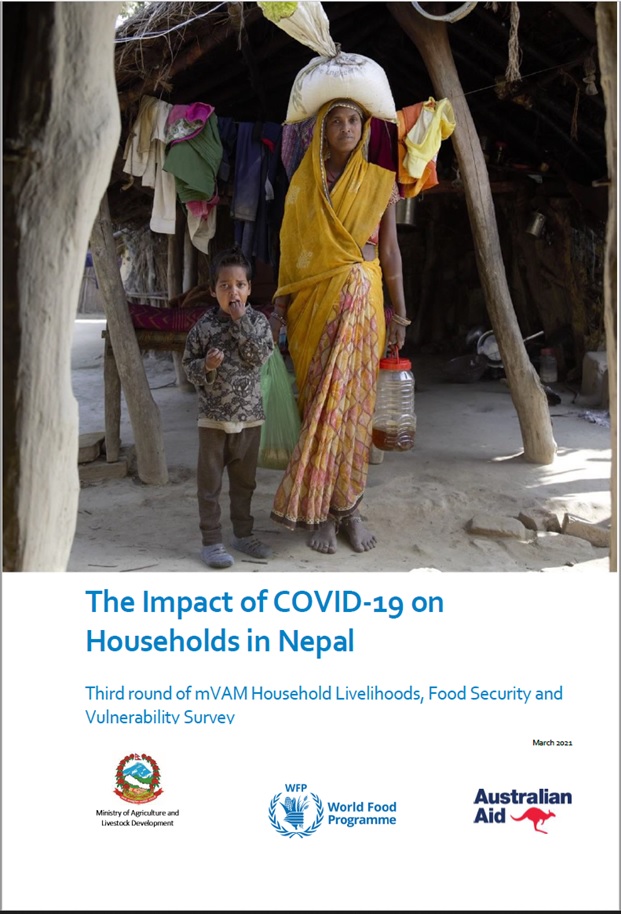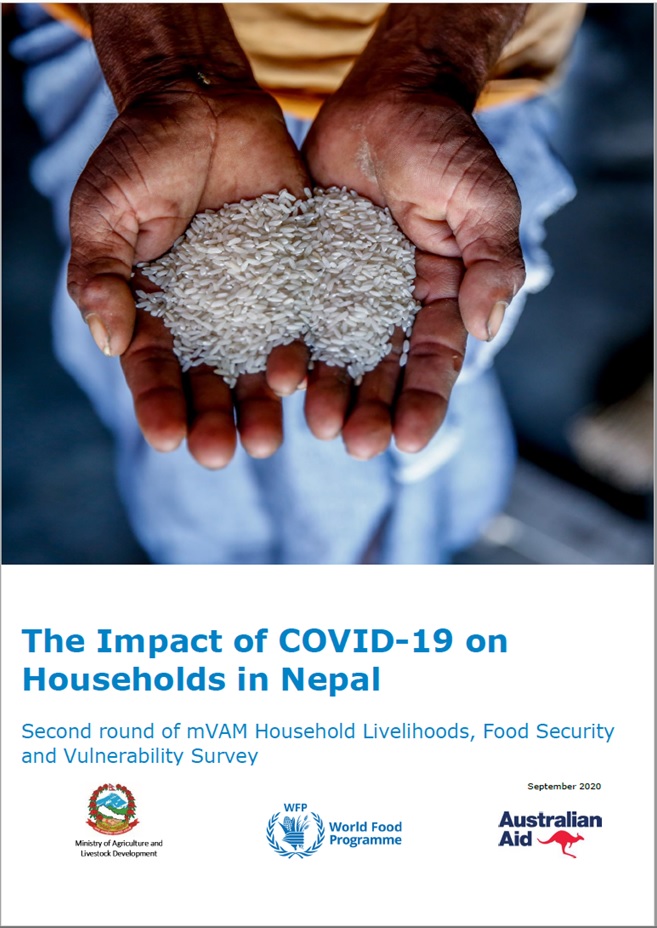Home > PUBLICATIONS > Food Security Bulletins >
Food Security Bulletins
-
Food Security Bulletin No.072004-12-29
This monitoring cycle is the end of the major cereal harvests in Nepal, and the participants in the WFP/VAM repeat survey assess their current food stock to be greater than last year at this time. Only the flood-affected districts in the Central and Eastern Regions provide downbeat yield predictions and that has little effect on survey households because these tend to be landless and hence rely on wage laborincome rather than own production.
-
Food Security Bulletin No.062004-10-29
This monitoring cycle is the period of major cereal harvest in Nepal, traditionally the season of plenty. Eight districts have seen a reduction of perhaps 10-20% in paddy yields, year-on-year, due to hailstones, monsoon delays, and collateral damage of the flooding earlier this year. Two districts have seen a reduction in maize yields, one insignificant, the other perhaps as much as 50 percent. The remaining 22 districts covered by WFP/VAM’s Food Security Monitoring have enjoyed normal or augmented cereal yields.
-
Food Security Bulletin No.052004-08-29
As the Food Security Bulletin 4 anticipated, good maize and potato yields look set to offset the adverse food security implications of last reporting cycle’s reduced winter crop of wheat and barley. Additionally, most of the paddy-growing districts that WFP monitors expect the end-of-the-year rice crop to be satisfactory.
-
Food Security Bulletin No.042004-06-29
In the areas surveyed, the winter harvest of wheat has been less than last year. The data of this reporting cycle shows a hike in wheat prices and lower-than-last-year food stocks. This confirms last bulletin’s prediction of lesser yield. So far, vulnerable populations do not appear to have resorted to negative or irreversible coping mechanisms on a noticeable scale, though.
-
Food Security Bulletin No.032004-05-29
This bulletin reviews general food security related issues in the current context of Nepal in the 32 WFP programme districts from mid March to mid May, 2004. Observations are based on quantitative and qualitative field data, and anecdotal information, systematicallycollected since the end of 2002.
-
Food Security Bulletin No.022004-03-28
This bulletin reviews general food security related issues in the current context of Nepal in WFP programme districts from January to mid March, 2004.Observations are based on field data, quantifiable indicators, and anecdotal information systematically collected by WFP field monitors since the end of 2002.
-
Food Security Bulletin No.012004-01-29
WFP Nepal will produce these bulletins in place of the previous quarterly field surveillance reports. The bulletins will provide regular updates on key issues relating to the situation of general food security in Nepal and more specifically for those populations who may be at increased risk due to their vulnerability and the impact of the conflict.
News & Events
- Brief on the Food Security Situation in Nepal (Mid-July to mid-November 2017)
- Launch of Food Security Information System for Nepal
- Second Advance Estimate of 2016/17 Wheat Production in Nepal using CRAFT
- Brief on the food security situation in Nepal (Mid November 2016 to Mid March 2017)
- Updated NeKSAP guidance on food security response analysis and district food security monitoring

